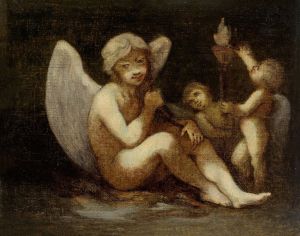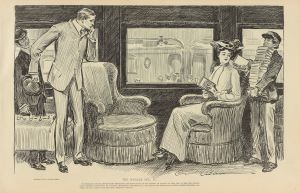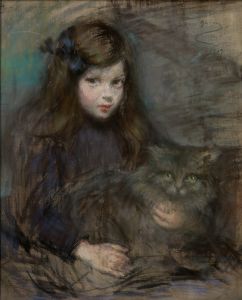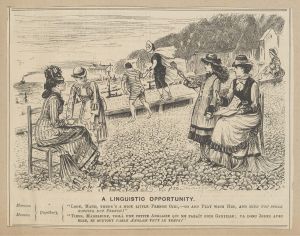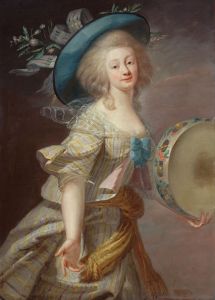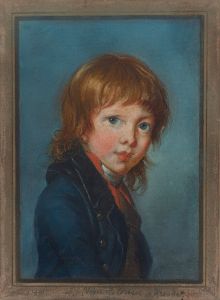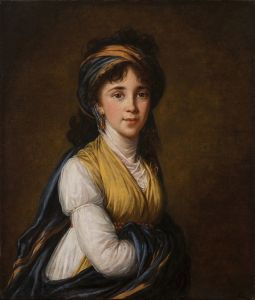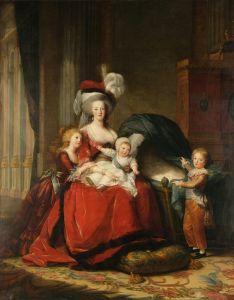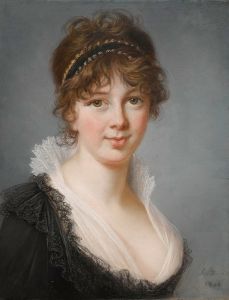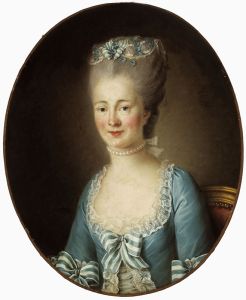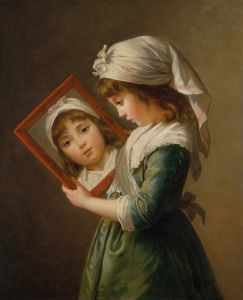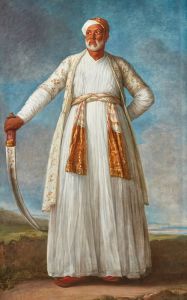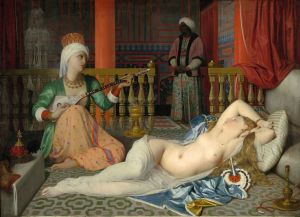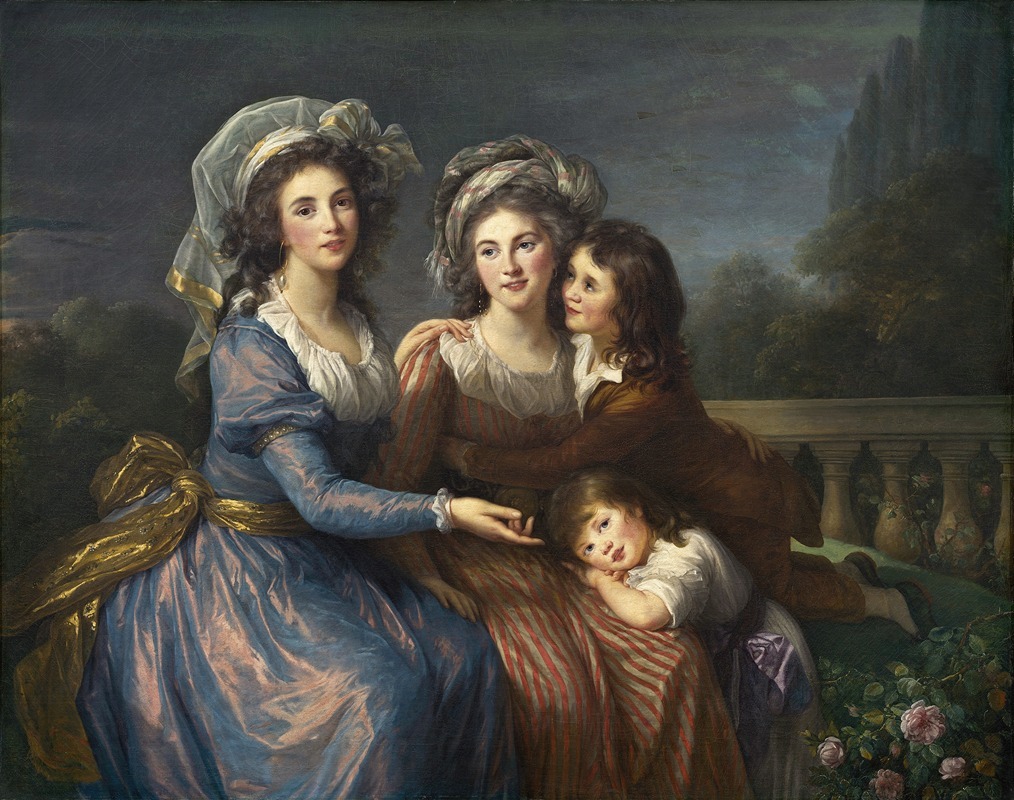
The Marquise de Pezay,and the Marquise de Rougé with Her Sons Alexis and Adrien
A hand-painted replica of Elisabeth Louise Vigée Le Brun’s masterpiece The Marquise de Pezay,and the Marquise de Rougé with Her Sons Alexis and Adrien, meticulously crafted by professional artists to capture the true essence of the original. Each piece is created with museum-quality canvas and rare mineral pigments, carefully painted by experienced artists with delicate brushstrokes and rich, layered colors to perfectly recreate the texture of the original artwork. Unlike machine-printed reproductions, this hand-painted version brings the painting to life, infused with the artist’s emotions and skill in every stroke. Whether for personal collection or home decoration, it instantly elevates the artistic atmosphere of any space.
Elisabeth Louise Vigée Le Brun was a prominent French portrait painter of the late 18th century, renowned for her refined and elegant style. One of her notable works is "The Marquise de Pezay, and the Marquise de Rougé with Her Sons Alexis and Adrien," which exemplifies her skill in capturing the grace and sophistication of her subjects.
Painted in 1787, this portrait features two aristocratic women, the Marquise de Pezay and the Marquise de Rougé, alongside the latter's two young sons, Alexis and Adrien. Vigée Le Brun was known for her ability to convey the personalities and social status of her sitters, and this painting is no exception. The composition is carefully arranged to highlight the familial bond and the elegance of the figures, a testament to the artist's mastery of portraiture.
The Marquise de Pezay, depicted on the left, was a member of the French nobility, as was the Marquise de Rougé, who is shown on the right with her children. The inclusion of the children, Alexis and Adrien, adds a layer of intimacy and warmth to the painting, showcasing the maternal affection and the importance of family ties within the aristocratic circles of the time.
Vigée Le Brun's use of color and light in this painting is particularly noteworthy. She employs a soft palette that enhances the delicate features and sumptuous clothing of the sitters. The artist's attention to detail is evident in the rendering of the luxurious fabrics and the subtle play of light across the figures, which adds depth and vitality to the scene.
The setting of the portrait is understated, allowing the focus to remain on the subjects. The background is composed of muted tones, which serve to highlight the vibrant presence of the Marquises and the children. This approach is characteristic of Vigée Le Brun's style, where the emphasis is placed on the individuals rather than their surroundings.
Elisabeth Louise Vigée Le Brun was a favored portraitist of the French aristocracy and even served as the official portraitist to Queen Marie Antoinette. Her ability to capture the elegance and poise of her subjects made her one of the most sought-after artists of her time. Despite the political upheavals of the French Revolution, which forced her to leave France, Vigée Le Brun continued to enjoy success across Europe, painting for various royal and noble patrons.
"The Marquise de Pezay, and the Marquise de Rougé with Her Sons Alexis and Adrien" is a fine example of Vigée Le Brun's work, reflecting both her technical skill and her ability to convey the refined sensibilities of the French aristocracy. The painting remains an important piece in the study of 18th-century portraiture, illustrating the artist's contribution to the art of her era and her enduring legacy as one of history's great portrait painters.





